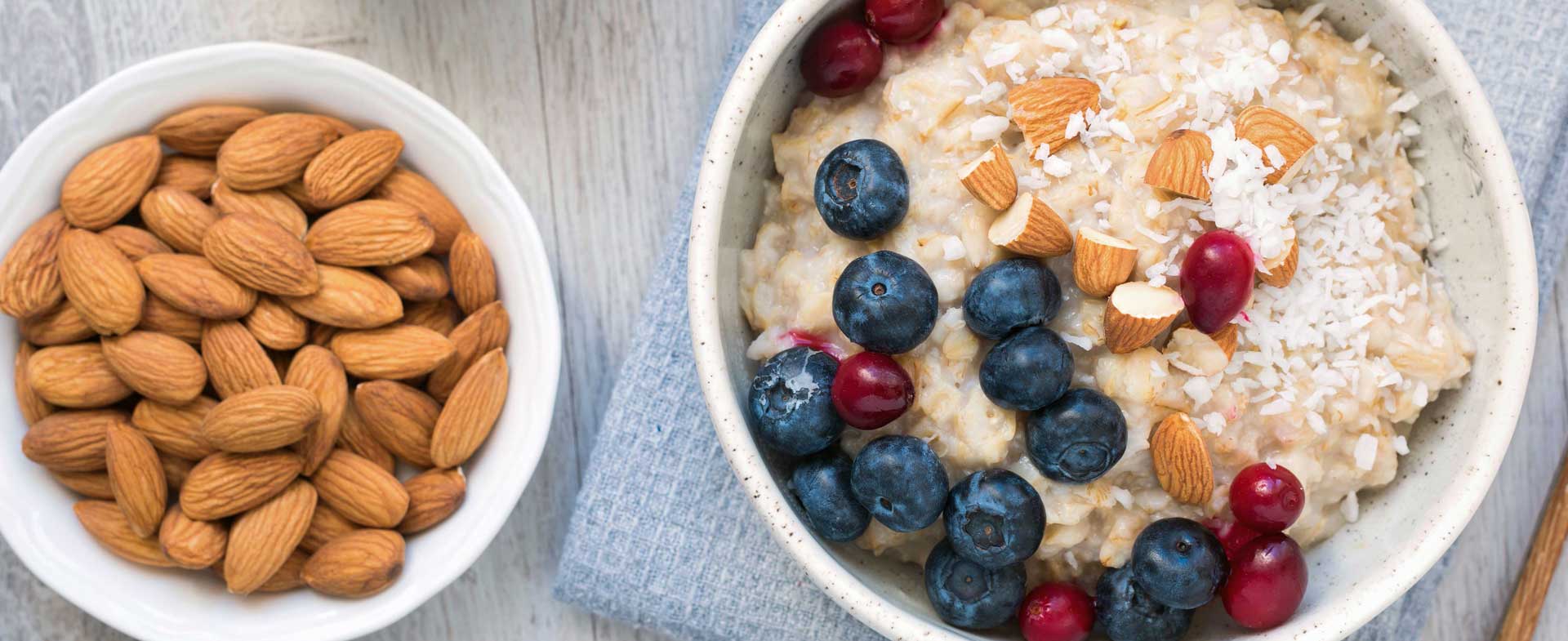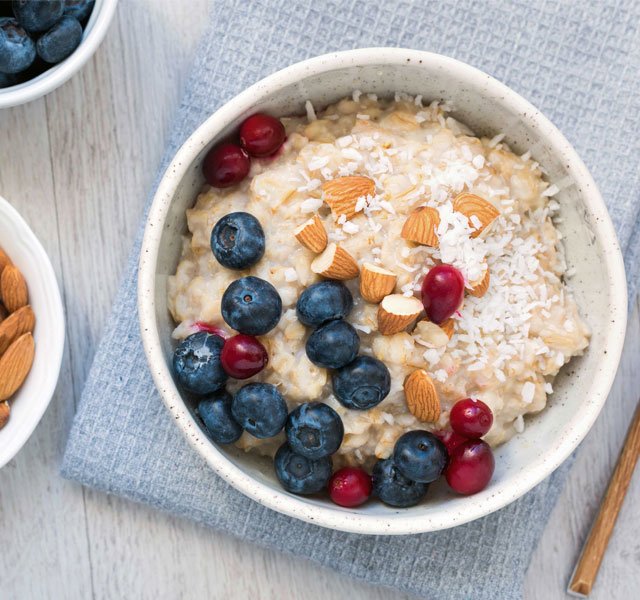They say that breakfast is the most important meal of the day, but it is usually the meal that people are most likely to skip.
Starting your day off with a healthy meal is the perfect way to jumpstart your metabolism and give your body the energy it needs to make it through the day. Amanda Imperiale, a registered dietitian at Henry Ford Wyandotte Hospital, shares some of the essential elements to a healthy breakfast. “Try to include at least 3 different food groups in your breakfast,” says Imperiale. “That might include dairy, lean proteins, high-fiber carbohydrates, and fruits or vegetables.”
When it comes to putting together a great breakfast, it is always good to know what some healthy options are. While the number of calories you should consume varies from person to person based on their body’s needs and activity level, keep portion sizes in mind. Use this list to create your own healthy breakfast by mixing and matching items in the different food groups. Challenge yourself to try different options!
Protein
- Eggs
- Nut/seed butter (peanut, almond, cashew or sunflower butter)
- Unsalted nuts
- Beans
- Canadian bacon
- Smoked salmon
- Turkey bacon or turkey sausage
- Low fat cheese
Portion size: Meat should be about the size of your palm or a deck of cards. For cheese and nuts, only have 1 ounce.
Dairy
- Low-fat milk
- Unsweetened almond or soymilk
- Low-fat plain yogurt
- Low-fat plain Greek yogurt
Portion size: Stick to only a cup (8 ounces) of dairy or less.
Grains/carbohydrates
- Whole-wheat bread
- Whole-grain English muffin
- Oatmeal
- Whole-wheat waffle
- Whole-wheat tortilla or wrap
Portion size: Portions for carbs can be difficult to calculate but sticking to around 30 grams for breakfast is a good standard. That is equivalent to 2 slices of bread, 1 cup of cooked oatmeal or 1 English muffin.
Pro tip: Buy plain yogurt or oatmeal and flavor it yourself with fruit, peanut butter or spices. Then you still have a delicious meal without the extra calories or added sugars.
Fruit
- Apples
- Bananas
- Grapes
- Berries
- Pineapple
- Avocado
Portion size: Only have 1 small piece of fruit or about a cup of berries or chopped fruit.
Vegetables
- Spinach (raw or sautéed)
- Mushrooms (raw or sautéed)
- Tomatoes
- Cucumbers
- Onions
- Bell peppers
Portion size: Have as many as you want!
Pro tip: Try mixing things up by using fresh, frozen or canned fruits or vegetables of your choice.
Need some ideas to get you started? Try out these meal combinations to take your breakfast to the next level:
- Oatmeal with bananas sautéed in vanilla extract and cinnamon topped with walnuts
- Omelet with spinach, mushrooms, and tomatoes and ¾ cup berries on the side
- Whole-wheat waffle topped with thin spread of peanut butter and sliced apples
- Plain, low-fat Greek yogurt topped with almonds and berries
- A scrambled egg, chopped cucumber and tomato, slice of whole wheat toast, ½ banana
Don’t like breakfast foods? Try something that is easier to grab and go like a peanut butter and banana sandwich on whole wheat bread. Or, if you prefer something savory, make veggie pizza on a whole grain English muffin with your favorite veggies.
For more healthy breakfast ideas, like Overnight Oatmeal, Southwestern Omelet in a Mug, Skinny Oatmeal Bars or Gluten-free Pumpkin Waffles, check out our EatWell section.
Looking for more info and want to make an appointment with a registered dietitian? Call 1-855-434-5483 or email ContactUs@henryfordlivewell.com.



